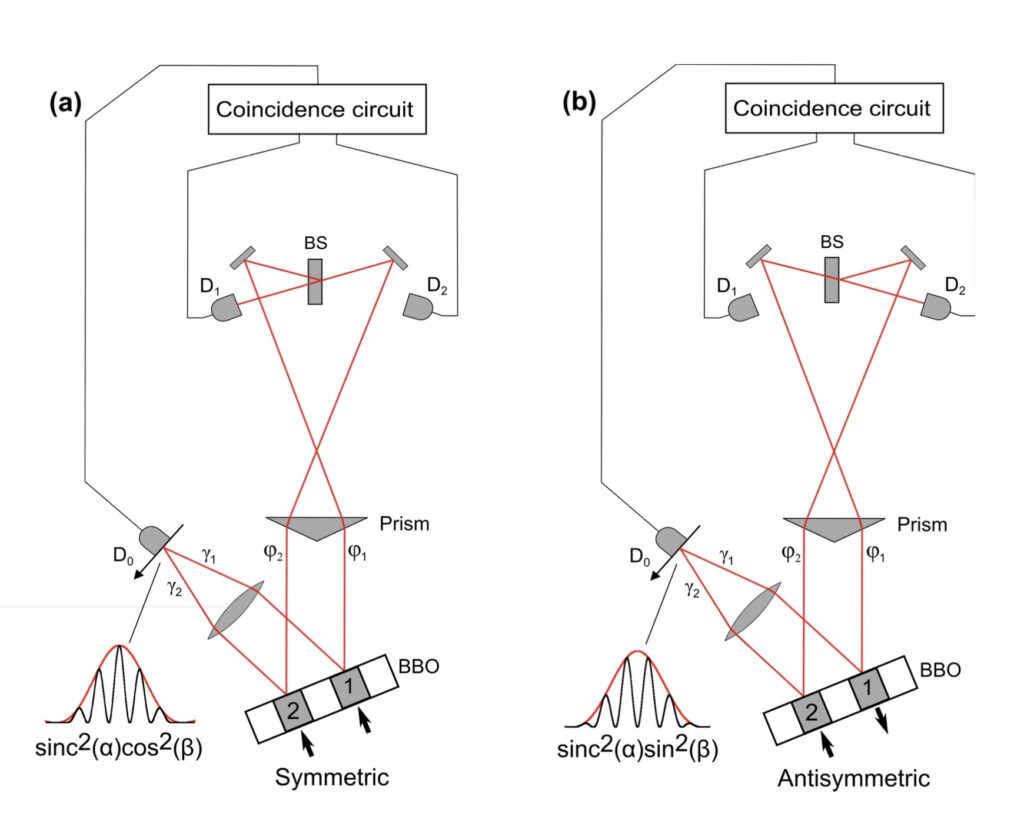Disentangling the Delayed Choice Quantum Eraser
Twenty-five years ago, Yoon-Ho Kim and others published a paper in Physical Review Letters entitled “A Delayed Choice Quantum Eraser,” which caused quite a stir in the popular science media. Before long, a collection of books and articles appeared making some pretty far-fetched claims about an experiment that turned the arrow of time on its head and challenged the normal sequence of past-to-present.
I first became aware of the experiment in 2005 after reading a review article by Y. Aharonov and M.S. Zubairy in the journal Science (Science 307, 875). The review article piqued my interest enough that I then read the original paper by Kim et al. It was scant on details, but this concluding statement caught my eye:
“The experimental results demonstrate the possibility of observing both particle-like and wave-like behavior of a light quantum via quantum mechanical entanglement. The which-path or both-path information of a quantum can be erased or marked by its entangled twin even after the registration of the quantum.”
The authors didn’t straight-up claim that they could reach out from the present and change the past, but the idea of “erasing” quantum information after-the-fact came pretty close. That’s when I called my friend E. Brian Treacy. After kicking it around for a while, we decided to write a different interpretation of the experiment and submit it to Physical Review Letters, which we did. They rejected it because we purposefully avoided invoking entanglement in our interpretation, which in retrospect was a mistake on our part.
Recently, a number of publications (and even a couple of YouTube videos) have appeared debunking “retrocausal” interpretations of the Delayed Choice Quantum Eraser. Most of these criticisms point out that the original experiment by Kim et al. is really a kind of sorting machine, which is exactly the point that Brian and I tried to make back in 2005.
Brian is gone, now, so I decided to rewrite our paper myself, but with entanglement included this time. This one’s for you, Brian.
Here’s a PDF of the revised paper:


